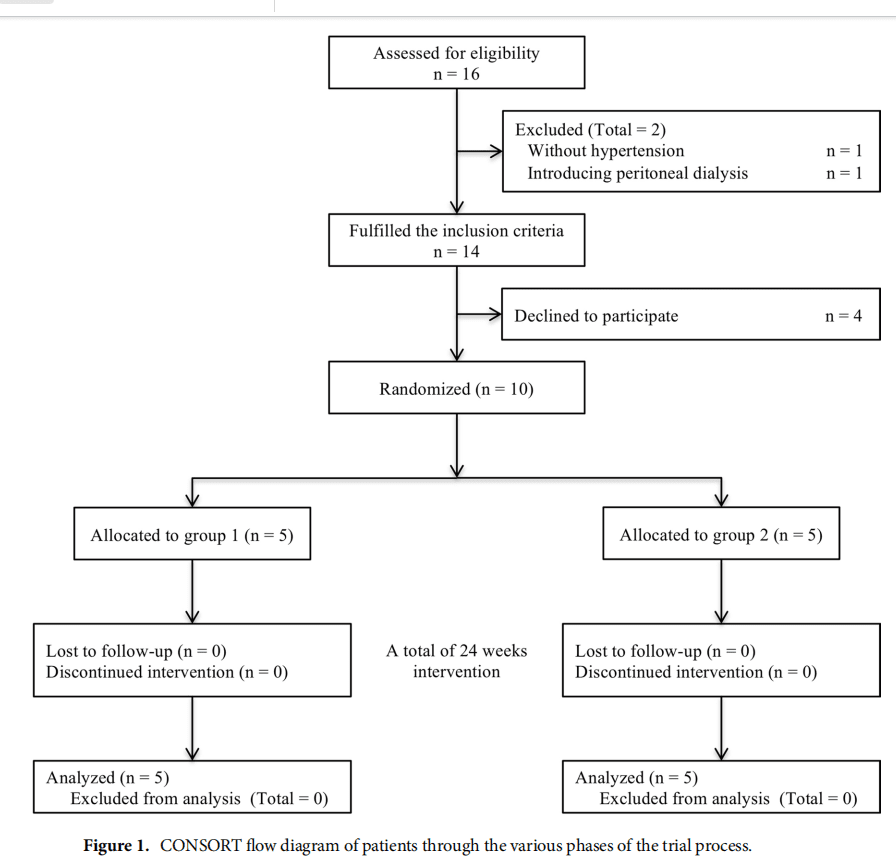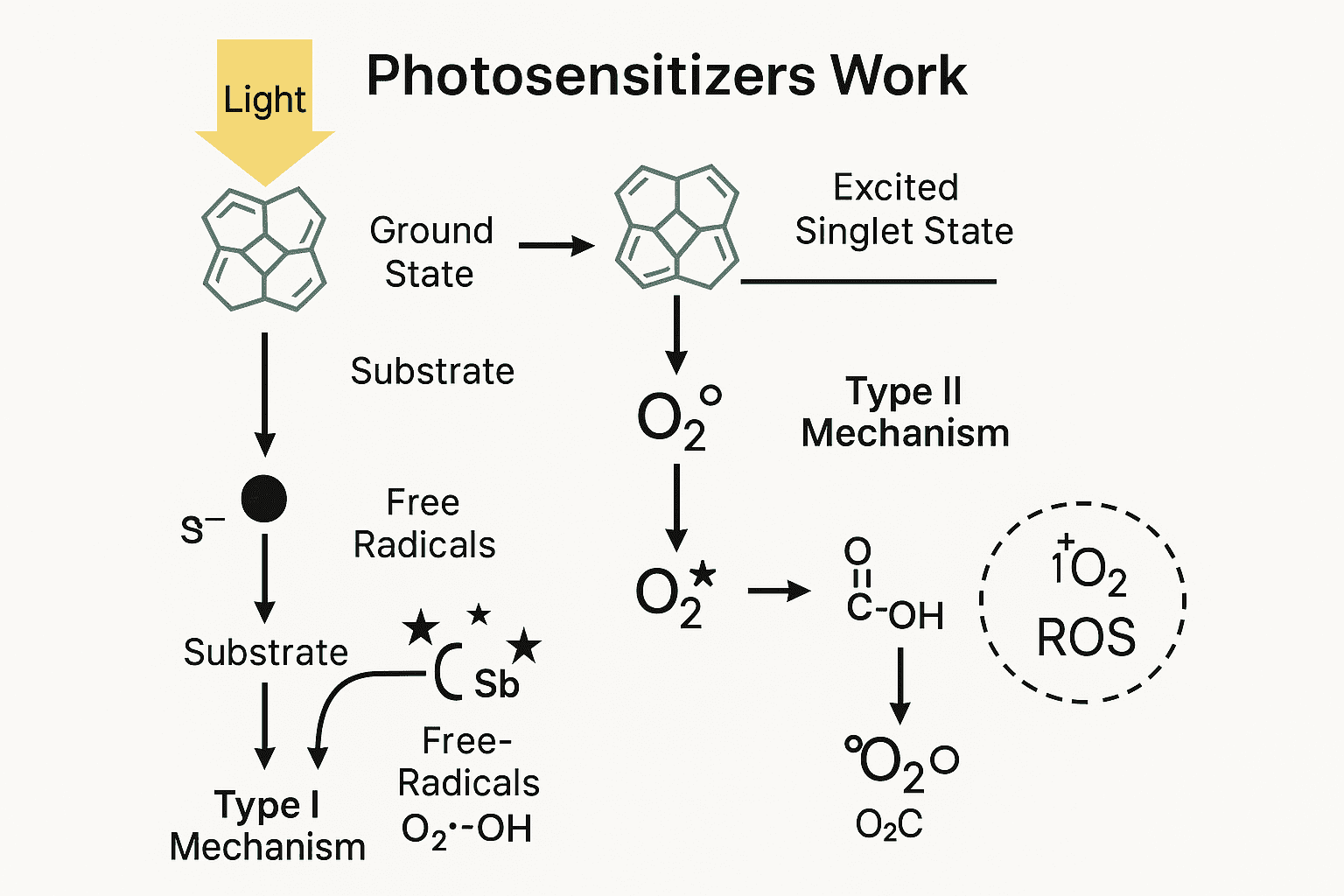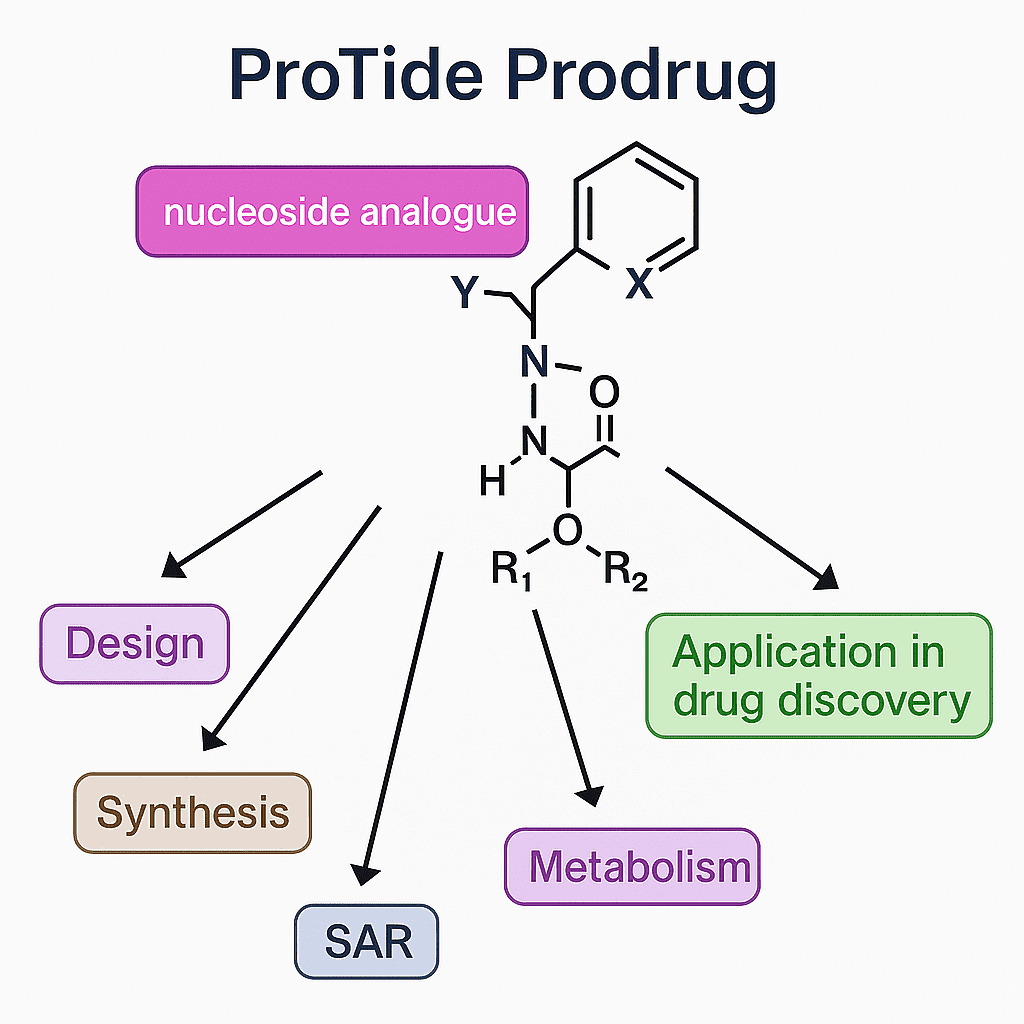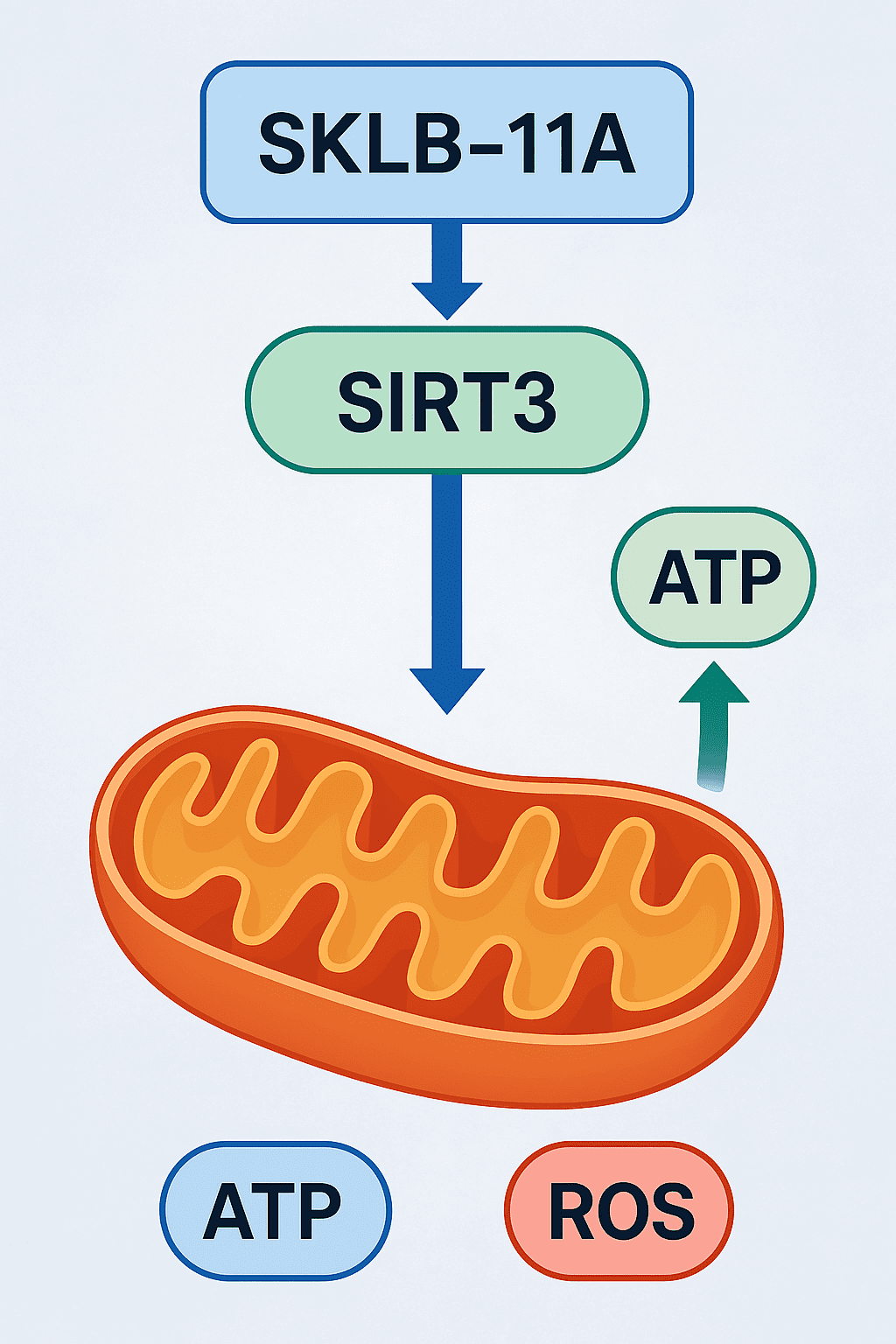Enhancing ADPKD Treatment: The Potential of Trichlormethiazide in Improving Tolvaptan Tolerability
Abstract
This study explores the effects of trichlormethiazide as an adjunctive therapy to tolvaptan in patients with Autosomal Dominant Polycystic Kidney Disease (ADPKD). Tolvaptan, a vasopressin V2 receptor antagonist, is widely used to slow the progression of ADPKD but is often associated with significant aquaretic side effects that can lead to treatment discontinuation. The randomized crossover controlled trial investigated whether trichlormethiazide could mitigate these side effects by reducing urine volume and increasing urine osmolarity, thereby improving the tolerability of tolvaptan. The study found that the combination of trichlormethiazide with tolvaptan significantly reduced urine output and improved several health-related quality of life (HRQOL) parameters. These findings suggest that trichlormethiazide could be a valuable addition to ADPKD treatment regimens, enhancing patient adherence and optimizing therapeutic outcomes. The study also highlights the potential of using labeled forms of tolvaptan, such as Tolvaptan-d7, in future research to better understand drug metabolism and efficacy in this patient population.
Keywords: Autosomal Dominant Polycystic Kidney Disease (ADPKD), Tolvaptan, Trichlormethiazide, Vasopressin V2 Receptor Antagonist, Health-Related Quality of Life (HRQOL), Tolvaptan-d7
Introduction to Autosomal Dominant Polycystic Kidney Disease (ADPKD) and Current Treatments
Autosomal Dominant Polycystic Kidney Disease (ADPKD) is one of the most common inherited kidney disorders, affecting millions of people worldwide. This genetic condition is characterized by the growth of numerous cysts in the kidneys, leading to an increase in kidney size and a gradual decline in kidney function. Over time, ADPKD can progress to end-stage renal disease, necessitating dialysis or kidney transplantation. The disease also poses a significant risk for complications such as hypertension, pain, and cardiovascular issues.
Current treatment strategies for ADPKD primarily focus on managing symptoms and slowing disease progression. Among these treatments, tolvaptan, a vasopressin V2 receptor antagonist, has emerged as a promising option. Tolvaptan works by reducing cyst growth and slowing the decline in kidney function, offering a tangible benefit to patients with ADPKD. However, its use is often accompanied by significant side effects, particularly aquaretic events, which include excessive urination and thirst. These side effects are related to the drug’s mechanism of action, where it promotes water excretion without electrolyte loss. Unfortunately, these adverse effects lead to discontinuation in a notable percentage of patients, limiting the overall effectiveness of the treatment.
To address these challenges, researchers have explored the potential of combining tolvaptan with other medications to mitigate its side effects. One such approach involves the use of trichlormethiazide, a thiazide diuretic known for its paradoxical antidiuretic effect. By potentially reducing urine volume and improving the tolerability of tolvaptan, trichlormethiazide presents a promising adjunctive therapy in the management of ADPKD. This combined therapy could enhance the quality of life for patients by reducing the frequency of aquaretic events, thereby increasing adherence to tolvaptan and its long-term benefits.

Impact on Health-Related Quality of Life (HRQOL)
Beyond the physiological benefits of reducing urine volume, the addition of trichlormethiazide to tolvaptan therapy has shown promising effects on the health-related quality of life (HRQOL) in patients with ADPKD. ADPKD significantly impairs patients’ quality of life due to chronic pain, frequent urination, and the psychological burden of managing a progressive disease. These factors contribute to diminished physical and mental well-being, highlighting the need for treatments that not only address disease progression but also improve daily living conditions for patients.
The study conducted by Uchiyama et al. (2021) evaluated various HRQOL parameters using the Kidney Disease Quality of Life-Short Form (KDQOL-SF) questionnaire. The results demonstrated that patients treated with the combination of trichlormethiazide and tolvaptan experienced significant improvements in several HRQOL subscales. These included the effects of kidney disease on daily life, sleep quality, emotional role functioning, and social functioning. Notably, the number of nocturnal voids was significantly reduced, allowing patients to experience fewer interruptions during sleep and better participation in daily activities.
The improvements in HRQOL observed in this study suggest that trichlormethiazide may play a critical role in enhancing the overall treatment experience for patients with ADPKD. By mitigating the side effects associated with tolvaptan and improving the quality of life, this combined therapy may lead to better treatment adherence and outcomes over the long term. Given the chronic nature of ADPKD and the need for sustained treatment, these findings are particularly relevant for clinicians seeking to optimize patient care.
Potential Implications for ADPKD Management and Conclusions
The findings from the study on the combined use of trichlormethiazide and tolvaptan in managing Autosomal Dominant Polycystic Kidney Disease (ADPKD) suggest significant potential for improving patient outcomes. The ability of trichlormethiazide to reduce urine volume and increase urinary osmolarity in patients receiving tolvaptan highlights a promising approach to mitigating the aquaretic side effects that often lead to treatment discontinuation. By enhancing the tolerability of tolvaptan, this combination therapy could enable more patients to adhere to long-term treatment, thereby maximizing the therapeutic benefits of tolvaptan in slowing disease progression.
The implications of these findings for clinical practice are considerable. Incorporating trichlormethiazide into the treatment regimen for ADPKD could represent a pivotal shift in how the disease is managed, particularly in patients who struggle with the side effects of tolvaptan. This strategy not only addresses the physiological challenges posed by the disease but also significantly improves the quality of life for patients, which is a critical consideration in the management of chronic conditions like ADPKD.
However, it is important to note the limitations of the study, including its small sample size and short duration. While the results are encouraging, they should be interpreted with caution, and further research is necessary to confirm the long-term safety and efficacy of this combined therapy. Future studies with larger cohorts and longer follow-up periods are essential to validate these findings and explore the full potential of trichlormethiazide in enhancing ADPKD treatment.
In conclusion, the study provides a strong foundation for considering trichlormethiazide as an adjunctive therapy to tolvaptan in ADPKD management. Its ability to reduce adverse side effects and improve patient adherence underscores its potential value in clinical practice, pending further validation through extensive research.
Impact of Tolvaptan-d7 on the Research Findings
Tolvaptan, a selective vasopressin V2 receptor antagonist, has been a cornerstone in the treatment of Autosomal Dominant Polycystic Kidney Disease (ADPKD) due to its ability to slow the progression of kidney enlargement and decline in kidney function. Recently, research has explored the use of labeled forms of tolvaptan, such as Tolvaptan-d7, to enhance the precision of pharmacokinetic studies and to understand its effects more accurately in clinical settings. Tolvaptan-d7, which is a deuterated version of tolvaptan, offers a more stable isotope that can be traced within the body, allowing for detailed study of drug metabolism, distribution, and excretion.
The research discussed in the article provides significant insights into how adjunctive therapies, like trichlormethiazide, can be used to mitigate the side effects of tolvaptan. While the primary focus of the study was not on Tolvaptan-d7 specifically, the findings have important implications for future research involving this compound. By reducing the aquaretic side effects associated with tolvaptan, the study opens the door to more extensive use of Tolvaptan-d7 in clinical trials without the confounding issues of patient discontinuation due to side effects. This could lead to more accurate pharmacokinetic profiles and better understanding of tolvaptan’s therapeutic window.
Moreover, the ability to manage side effects more effectively might allow for higher dosing regimens or longer-term studies using Tolvaptan-d7, providing a more robust data set on its efficacy and safety in ADPKD patients. The combination of trichlormethiazide with tolvaptan could thus facilitate more reliable studies on the bioavailability and metabolism of Tolvaptan-d7, ultimately enhancing the therapeutic application of this important drug in managing ADPKD.
Conclusions and Future Research Directions
The study on the combined use of trichlormethiazide and tolvaptan in the management of Autosomal Dominant Polycystic Kidney Disease (ADPKD) offers promising insights into how patient outcomes can be improved. The primary takeaway is that trichlormethiazide effectively reduces urine volume and increases urine concentration in patients treated with tolvaptan, thereby mitigating some of the adverse aquaretic effects that often lead to treatment discontinuation. This finding is particularly significant because it addresses one of the major barriers to the long-term use of tolvaptan, which is currently one of the most effective treatments available for slowing the progression of ADPKD.
However, while the study’s results are encouraging, they come with important caveats. The small sample size and short duration of the study mean that these findings need to be interpreted with caution. There is a clear need for larger, long-term studies to confirm the benefits of trichlormethiazide in this context and to ensure that there are no unforeseen adverse effects when used in combination with tolvaptan over extended periods.
Looking forward, future research should focus on several key areas. First, it is essential to verify the long-term safety and efficacy of trichlormethiazide in combination with tolvaptan in a more diverse patient population. Additionally, studies should explore the potential impact of this combination therapy on other clinical outcomes, such as kidney function and progression to end-stage renal disease. Finally, research should also examine the patient experience in greater detail, particularly in terms of quality of life and treatment adherence, to fully understand the benefits of this combined therapeutic approach.
In conclusion, while further research is necessary, the use of trichlormethiazide alongside tolvaptan holds significant promise for improving the management of ADPKD, potentially leading to better patient outcomes and quality of life.
References
Cornec-Le Gall, E., Alam, A., & Perrone, R. D. (2019). Autosomal dominant polycystic kidney disease. Lancet, 393(10174), 919-935. https://doi.org/10.1016/S0140-6736(18)32782-X
Torres, V. E., Harris, P. C., & Pirson, Y. (2007). Autosomal dominant polycystic kidney disease. Lancet, 369(9569), 1287-1301. https://doi.org/10.1016/S0140-6736(07)60601-1
Torres, V. E., et al. (2012). Tolvaptan in patients with autosomal dominant polycystic kidney disease. New England Journal of Medicine, 367(25), 2407-2418. https://doi.org/10.1056/NEJMoa1205511
Torres, V. E., et al. (2017). Tolvaptan in later-stage autosomal dominant polycystic kidney disease. New England Journal of Medicine, 377(20), 1930-1942. https://doi.org/10.1056/NEJMoa1710030
Devuyst, O., et al. (2017). Tolerability of aquaretic-related symptoms following Tolvaptan for autosomal dominant polycystic kidney disease: Results from TEMPO 3:4. Kidney International Reports, 2(6), 1132-1140. https://doi.org/10.1016/j.ekir.2017.07.018
Uchiyama, K., Kitayama, C., Yanai, A., & Ishibashi, Y. (2021). The effect of trichlormethiazide in autosomal dominant polycystic kidney disease patients receiving tolvaptan: A randomized crossover controlled trial. Scientific Reports, 11, 17666. https://doi.org/10.1038/s41598-021-97113-w
Kramers, B. J., et al. (2018). Thiazide diuretics and the rate of disease progression in autosomal dominant polycystic kidney disease: An observational study. Nephrology Dialysis Transplantation, 33(1), 65-73. https://doi.org/10.1093/ndt/gfx080
Neijenhuis, M. K., et al. (2017). The effect of disease severity markers on quality of life in autosomal dominant polycystic kidney disease: A systematic review, meta-analysis and meta-regression. BMC Nephrology, 18(1), 169. https://doi.org/10.1186/s12882-017-0589-3
Vaughan, E. D., et al. (1978). The renin response to diuretic therapy: A limitation of antihypertensive potential. Circulation Research, 42(3), 376-381. https://doi.org/10.1161/01.RES.42.3.376
Boertien, W. E., et al. (2015). Short-term effects of Tolvaptan in individuals with autosomal dominant polycystic kidney disease at various levels of kidney function. American Journal of Kidney Diseases, 65(6), 833-841. https://doi.org/10.1053/j.ajkd.2015.01.022




